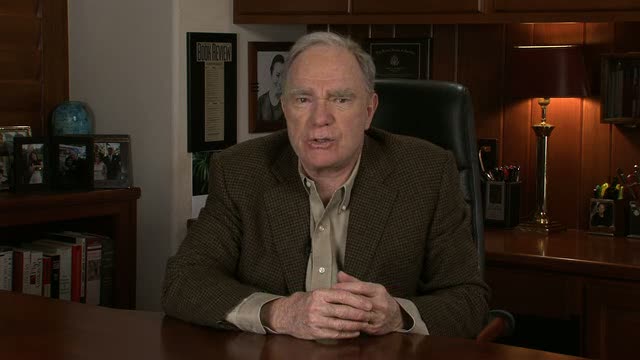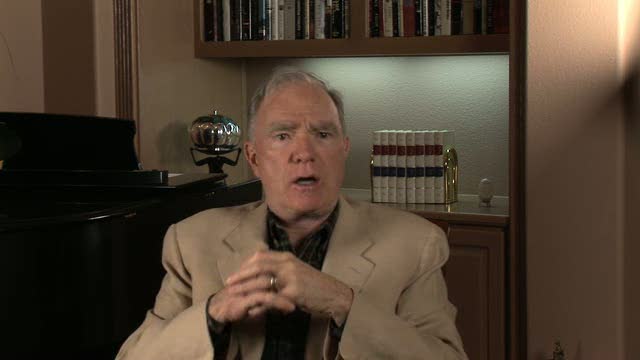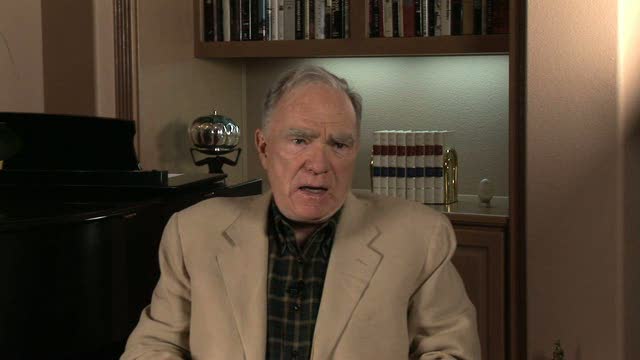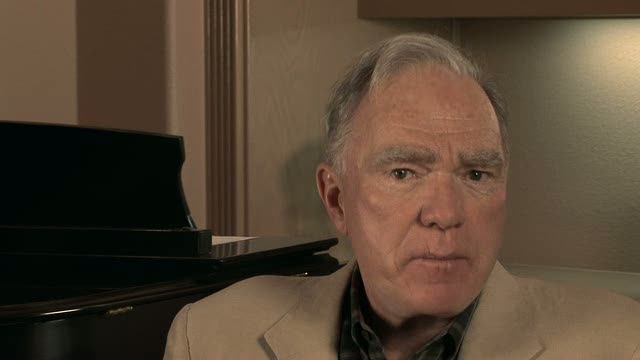249 Lessons
 10 Traits of Faulty Dialogue 3: Traits 7 thru 9
10 Traits of Faulty Dialogue 3: Traits 7 thru 9
Mar 20, 2010 - 12:00 AM
Traits 7 through 9: #7: Talking Wallpaper #8: Forced Exposition #9: Malformation
 Entering & Exiting the Story 4: 9 Uses of Epilogues
Entering & Exiting the Story 4: 9 Uses of Epilogues
Mar 06, 2010 - 12:00 AM
Nine possible uses of Epilogues: 1. A Last Laugh 2. A Plea for Applause 3. Restatement of the Story's Moral 4. Add Irony 5. Answer Last Questions 6. Give Slow Curtain 7. Punctuation Mark 8. Future Fates 9. Show Climax's Spread of Effects
 Entering & Exiting the Story 3: Eleven Ways To Use Prologues
Entering & Exiting the Story 3: Eleven Ways To Use Prologues
Feb 27, 2010 - 12:00 AM
11 Ways To Use Prologues: 1. Give Exposition 2. Set A Mood 3. Establish a Unique Setting 4. Introduce Variety 5. Hook Interest 6. Recap 7. Set Up Future Payoffs 8. Frame the Story 9. Create Dramatic Irony 10. Develop a Setup Sub-Plot 11. Just for the Laughs Examples Referred To (in order mentioned): Star Wars, CoCo Before Chanel, Taming of the Shrew, Sexy Beast, Casablanca, Law & Order (NBC), Damages (FX), In Treatment (HBO) , 24 (Fox), Joyce Carol Oates' novel What I Lived For, Gandhi, The Last Emporer, Sunset Blvd., Double Indemnity, Predator, Life is Beautiful, Robert McKee's mini-series Abraham, Scrooged
 Entering & Exiting the Story 2: Placement of Prologues
Entering & Exiting the Story 2: Placement of Prologues
Feb 13, 2010 - 12:00 AM
Prologue - Lesson 2 Where to place the Prologue in your story: Prior to the inciting incident. Immediately after the inciting incident, but prior to the story's progressive complications. After the story's crisis and climax. The placement in time is outside, or irrelevant, to the story told. Examples Used: Ingmar Bergman's film WILD STRAWBERRIES George Lucas and Steven Spielberg's film RAIDERS OF THE LOST ARK Tennessee William's play THE GLASS MENAGERIE Joseph Conrad's novella THE HEART OF DARKNESS Max Frisch's play THE FIREBUGS
 Entering & Exiting the Story 1: Introduction & Techniques
Entering & Exiting the Story 1: Introduction & Techniques
Jan 30, 2010 - 12:00 AM
Prologue - Lesson 1 Introduction Entering and Exiting Your Stories Opening and Closing Techniques










 Requires
Requires